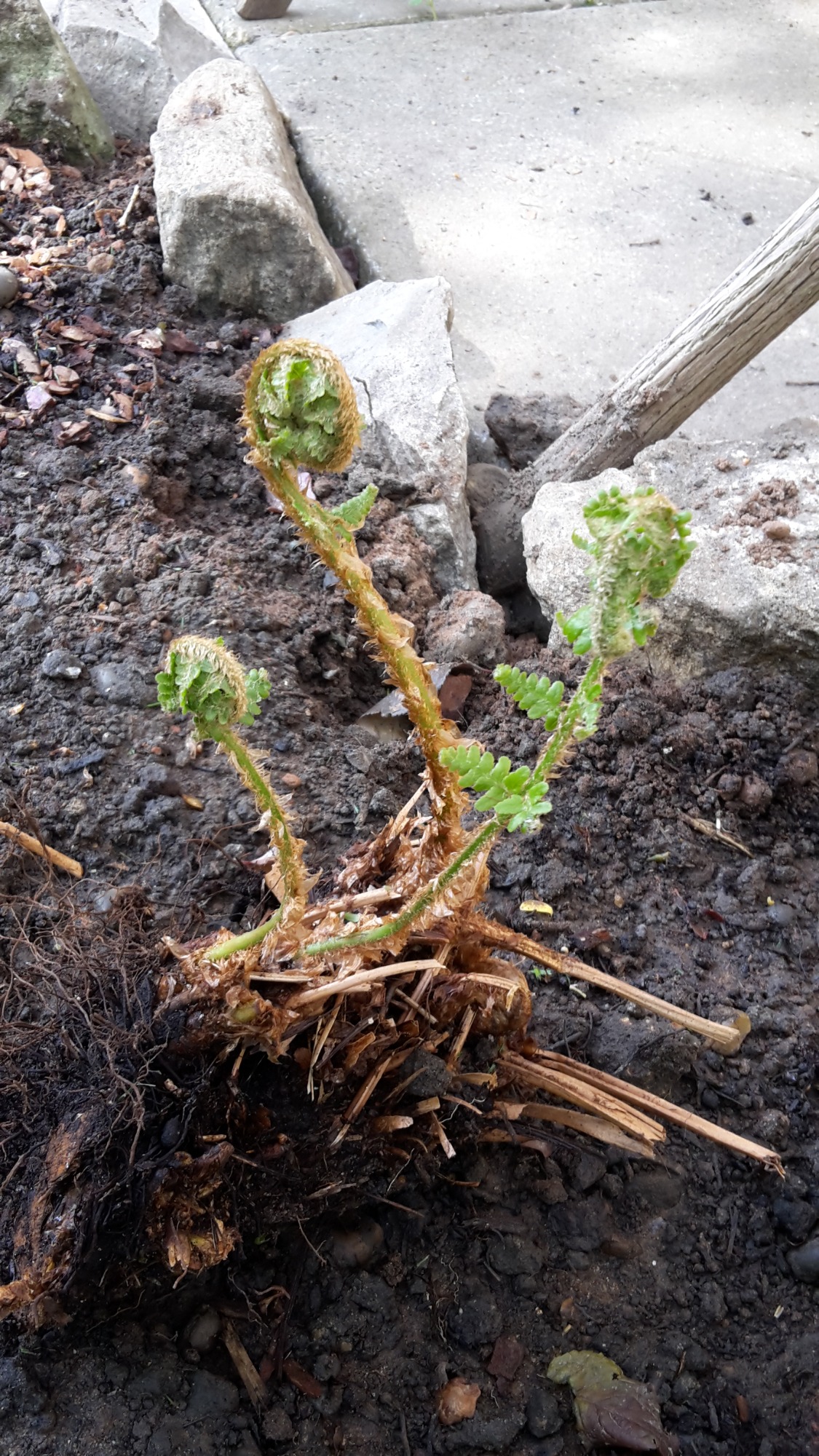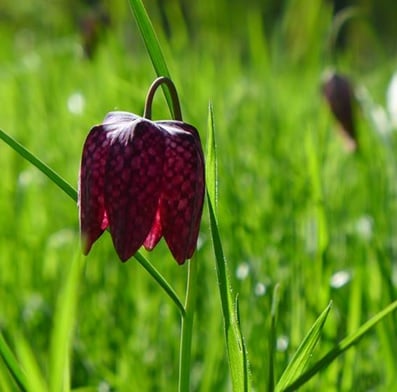Is this bracken?

I have just emptied (with difficulty) a large pot that has been inhabited for about 18 years For about the first 10-12 it contained a Crinodendron, but it gradually died and the space was taken up by a fern. I didn't plant it, it found its own way in, but it looked rather nice and disguised the Crinodendron stump. Its mat of roots made emptying the pot very difficult, but I held on to a couple of clumps as I thought they might work well in a dry, shady area where I'm also growing some other ferns.
But I've heard dire warnings about bracken, and don't really want to make a mistake by introducing it. Do you think it's bracken?
Incidentally, the fern pictured is not planted, it's just sitting in the chunk of soil I dug it out with and those fronds have opened from ground level in 2 days.

Posts
Its a fern
Is bracken not a fern?
Same family but completely different habbit
LG the L. It looks like bracken to me and if its been in a pot for 18 years its odds on that is what it is. Bracken spores are often carried in the wind and they can also 'arrive' in potting compost.
bracken fronds are on the end of a stalk approx. 30 to 50 cm long, these grow out of underground rhizomes (there is very little above ground),
these fronds are coming directly out of a fern crown. not bracken, some other type of fern
Agree with treehugger80 fern not bracken... (relatively confident of that)
That was what made me query it - it doesn't seem to have the habit of bracken in the wild. BUT I did wonder whether having been confined to a pot (albeit a large one) might have concentrated its habit more. .. ? Perhaps I'll plant it and keep a very close eye on it.
'Appearance
Bracken is typically fern-like, producing triangular fronds, divided into three, that can reach over 1.5m (5ft) in height. In autumn the fronds turn reddish-brown and die back to ground level, with new fronds unfurling from the base in spring.'
Description taken from the RHS website
looks like male fern, Dryopteris felix-mas to me
There are 3 fronds but not a frond divided into 3. They all emerge from the crown separately
In the sticks near Peterborough